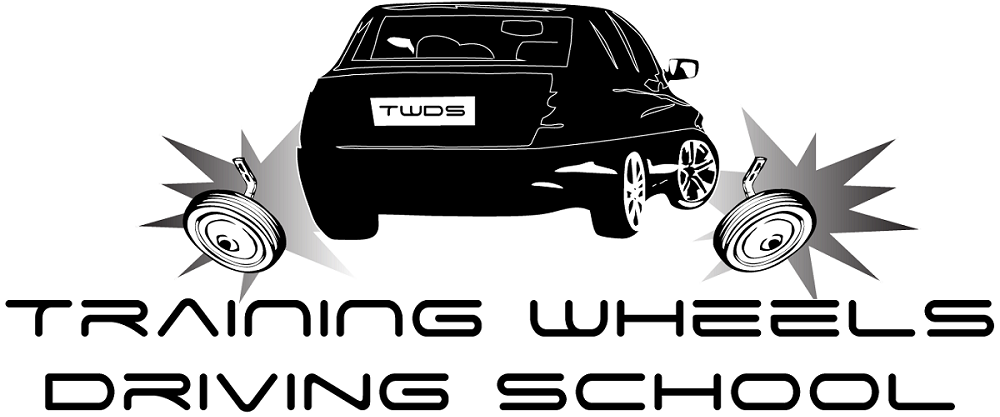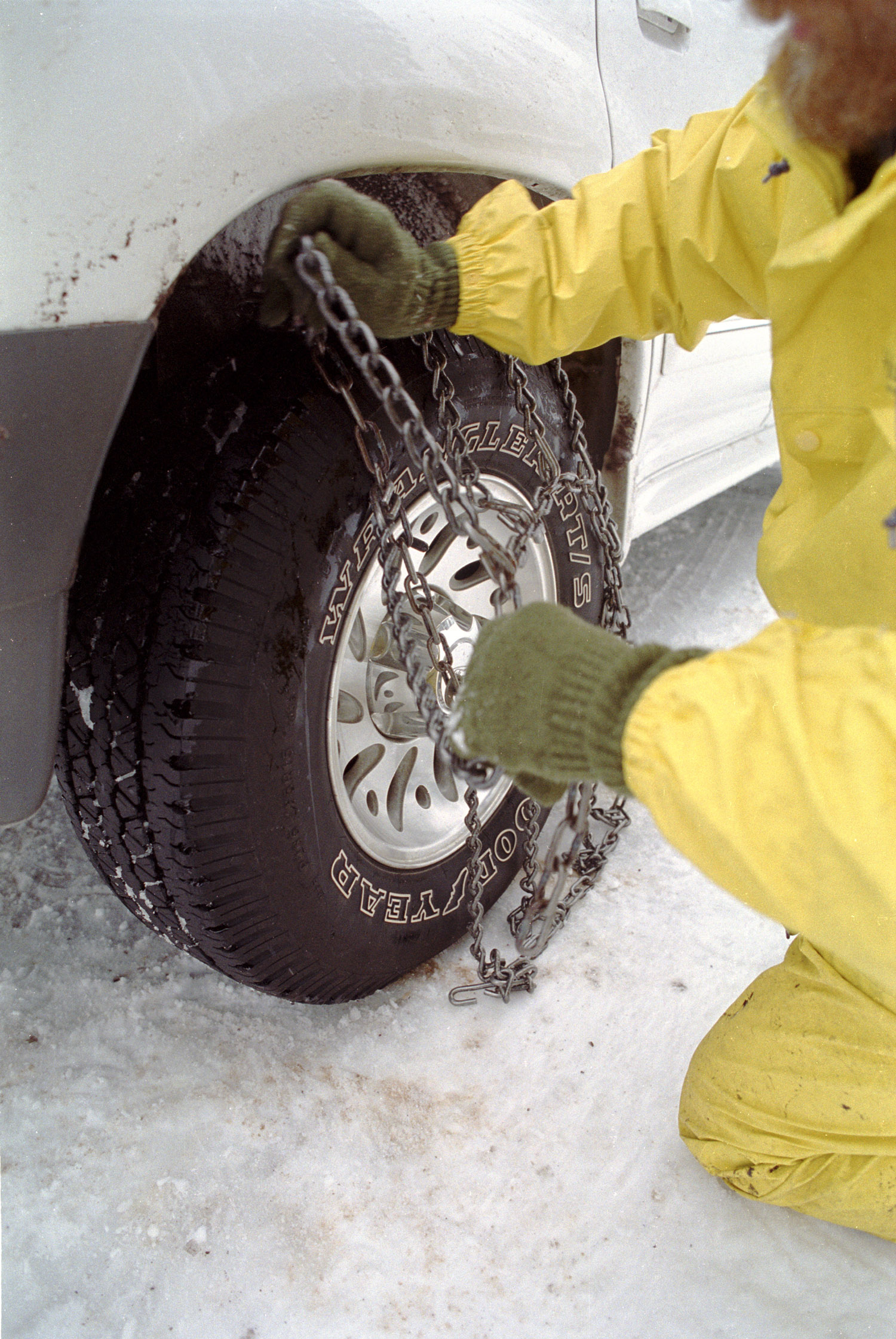Which Winter Weather Tire Option is Right for You?
With the winter weather slowly creeping up on us, it is time to start thinking about preparing our cars for the upcoming winter season. A feeling that many drivers have experienced during the winter months is the heart pounding terror that can come along with applying the brakes and the car continuing to move or slide. In snowy or icy conditions, this type of incident is often caused by the car’s tires simply not having enough traction to stick to the road. But, which type of tire is right for you and your vehicle?
Features and Benefits of Snow Tires
New technology and advancements in tire design and creation have allowed drivers to utilize tires that grip the road on their own without the addition of tire chains. Studless ice and snow tires use cutting-edge tread designs and material compounds that help provide the tire with amazing traction while driving in snowy or icy conditions but can also perform normally on dry roads. Since they can be used in normal weather, these tires provide a slight advantage over tire chains, which have to be removed when the roads are clear and dry. It is important to note, however, that snow tires can often be more expensive than traditional tire chains. Some additional benefits of snow tires include proper fittings for any vehicle type, no repeated installation or removal, and no damage to the vehicle or roadways.
Features and Benefits of Tire Chains
Tire chains were the original way for drivers to be able to get traction for the vehicles in snowy conditions. These chains are able to stabilize a vehicle in very deep snow, which is why they are still a viable option when it comes to creating traction in the winter and being able to operate the car safely, even in poor weather conditions. Although this may seem reason enough to use them, there are also some disadvantages of tire chains. Chains are not created to custom fit every make of car – many sedans and other small vehicles do not have the fender clearance needed for chains to be installed and used properly, causing damage to the car’s undercarriage. It is also important to note that depending on your state of residency, there may be some requirements when it comes to using tire chains.
Tire chains have been the traditional solution to traction problems for many years, and although they still get the job done, some advancements in tire technology have given drivers and alternative traction choice for the winter months. Which type of winter traction solution is the correct one depends on a few different factors including the frequency of snow or ice in the region of the country, the financial ability to purchase these items as well as the driver’s comfort level with either of these choices. Ultimately, tire chains and snow tires work equally well in most respects, so the choice is yours.
Looking for more car maintenance tips? Then you should check out our other posts or follow us on Facebook! For more tips, click here. To follow us on Facebook, click here.
*Photo Courtesy of Oregon Department of Transportation via Creative Commons License

